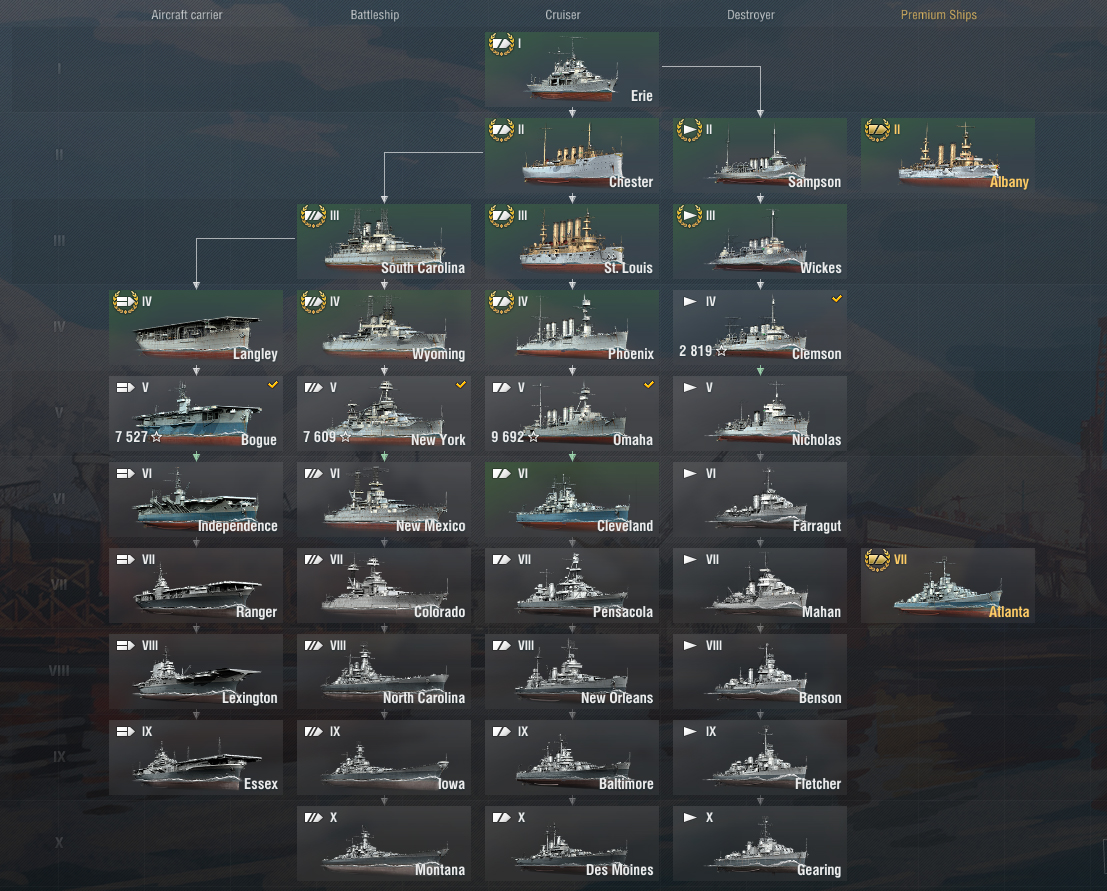

It is this game-changing capture whose anniversary will be celebrated at the end of this month. The gloom was only lifted after the seizing of a U-boat, U-559, with her codebooks on 30 October 1942, 75 years ago, enabled Bletchley Park to break the code once again. There was a growing fear that Britain might eventually be starved into submission. From February to October 1942 hundreds of thousands of tons of allied shipping was sunk each month.

At a stroke this safety net had disappeared.

While the naval Enigma messages were being read, convoys could be routed clear of the Nazi wolf packs lying in wait in the Atlantic. This had disastrous consequences for Britain and her allies. The longest blackout occurred following the German order that vessels operating in the Atlantic and Mediterranean after 1 February 1942 should insert a fourth rotor into their machines. Every now and then the Germans, suspecting that their code might have been compromised, altered it, blacking out the codebreaking effort. Using the items seized, Alan Turing and his fellow codebreakers were at long last able to work out how to read Germany’s naval Enigma messages. The British capture of a string of German vessels – and their Enigma machines and codebooks – during the first seven months of 1941 changed all that. British intercept stations could listen in to these signals, but because they were encoded, they could not understand what was being said. It was used to transform normal German into gibberish which was then transmitted using morse code over the airwaves. The Enigma machine did not actually send the messages. Now extraordinary fresh details can be told of how the Royal Navy seized vital cipher information from captured German boats to make the work of the codebreakers possible.


 0 kommentar(er)
0 kommentar(er)
